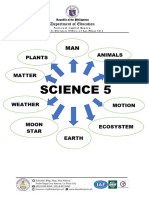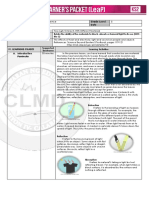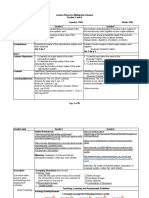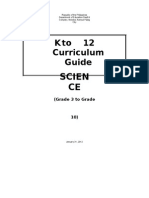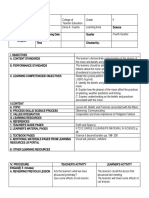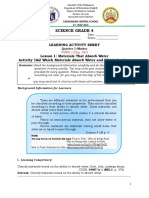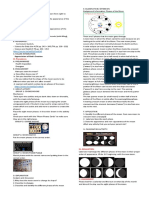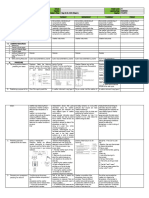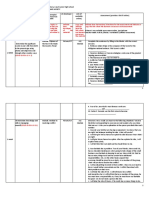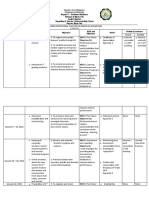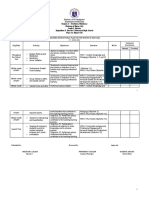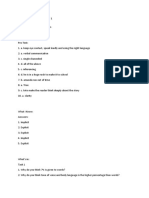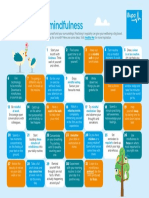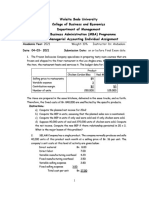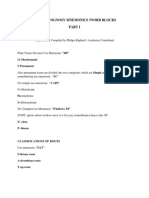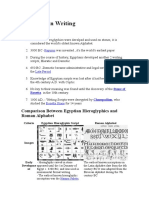0% found this document useful (0 votes)
908 views10 pagesScience 5 Q4-Module 5
The document discusses the cyclical pattern of the moon's phases and how it relates to the length of a month. It explains that it takes the moon approximately 27.5 days to orbit the Earth relative to the stars (sidereal month) and 29.5 days to complete its phases from new moon to new moon (synodic month). The activities provide examples of tracking the moon's phases over a calendar month and questions to help understand the different types of months.
Uploaded by
Yanyan AlfanteCopyright
© © All Rights Reserved
We take content rights seriously. If you suspect this is your content, claim it here.
Available Formats
Download as PDF, TXT or read online on Scribd
0% found this document useful (0 votes)
908 views10 pagesScience 5 Q4-Module 5
The document discusses the cyclical pattern of the moon's phases and how it relates to the length of a month. It explains that it takes the moon approximately 27.5 days to orbit the Earth relative to the stars (sidereal month) and 29.5 days to complete its phases from new moon to new moon (synodic month). The activities provide examples of tracking the moon's phases over a calendar month and questions to help understand the different types of months.
Uploaded by
Yanyan AlfanteCopyright
© © All Rights Reserved
We take content rights seriously. If you suspect this is your content, claim it here.
Available Formats
Download as PDF, TXT or read online on Scribd
/ 10











